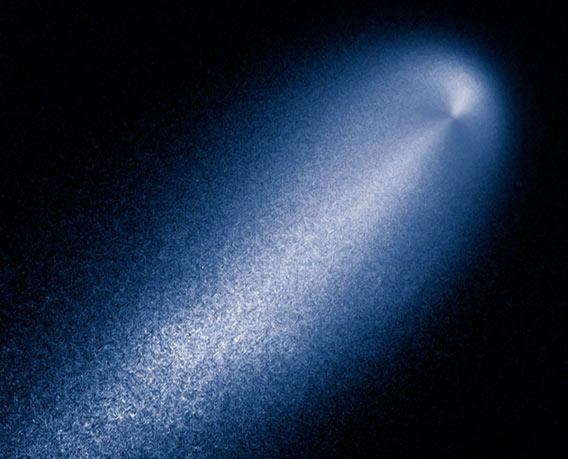This Week in Science and Technology is back! Sponsored by ScienceAlert, the weekly sci-tech news wrapup I do with my friend and biologist, Dr. Carin Bondar, was on hiatus for a while, but we’re back and covering the latest events.
In this week’s TWiST: the epigenetics of anorexia, a mother’s touch, and (me talking about) Comet ISON.
[Go to YouTube to see this in higher resolution.]
ISON is a weird little iceball. It showed a lot of activity early on, but then in the time between my filming this segment and it getting online, I heard the comet seems to have slowed its brightening a bit. By itself, that doesn’t mean much. Comets are notoriously unpredictable when it comes to activity and brightness. It could be that the comet has run out of ice for now, so it’s not getting brighter. Or it could be the brightening we saw earlier was anomalous, due to a big pocket of ice getting loose, sublimating (turning directly from a solid into a gas), and expanding. As the comet gets near the Sun, another one could let go, or maybe not much will happen at all. It’s maddening, but comets are fickle prey for astronomers. Like I say in the video, we’ll just have to see.
Also, we had some audio issues in the past couple of TWiSTs, and hopefully those are being resolved. I’m shopping for a new microphone now, in fact. I have a new camera (a Canon Rebel T4i, if you care) that I like quite a bit, but I’m still learning how to use. Bear with me! And see you next week in a new episode of TWiST.
